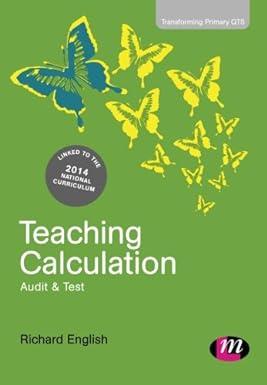Part II The model of wage-price determination and the Philips curve debates Hick's ISLM model shows the relationship between the rate of interest (i) and the aggregate output ( Y ). This model, however, does not explain how the overall price level (P) in the economy is determined and changed as the aggregate output (Y) changes over time along the business cycle. From now on, we are going to analyze this missing price variable (P) and consider how the aggregate output and the overall price level interact with one another along each phase of the business cycle. One conventional starting point is fo consider the real wage variable (W/P) determined in the labor market. Relying on both Ch. 6&8 and Prof's lecture notes, respond to the following analytical questions. 17. Is the last equation, t=te+(m+z)ut, same as the original Phillips curve? Why or why not? If not, what is the main difference between the original Phillips curve and this new inflation equation? What is the label attached to this last equation? 18. From the last inflation equation, t=te+(m+z)ut, let us suppose that the actual inflation rate at time t is the same as the inflation expectation at the same time period. In other words, suppose the equation t=te hold. Simplify the remaining expressions and solve for ut. What is the rate of unemployment in this situation? What is the label or term attached to this particular rate of unemployment by Monetarists and New Classical economists? Part II The model of wage-price determination and the Philips curve debates Hick's ISLM model shows the relationship between the rate of interest (i) and the aggregate output ( Y ). This model, however, does not explain how the overall price level (P) in the economy is determined and changed as the aggregate output (Y) changes over time along the business cycle. From now on, we are going to analyze this missing price variable (P) and consider how the aggregate output and the overall price level interact with one another along each phase of the business cycle. One conventional starting point is fo consider the real wage variable (W/P) determined in the labor market. Relying on both Ch. 6&8 and Prof's lecture notes, respond to the following analytical questions. 17. Is the last equation, t=te+(m+z)ut, same as the original Phillips curve? Why or why not? If not, what is the main difference between the original Phillips curve and this new inflation equation? What is the label attached to this last equation? 18. From the last inflation equation, t=te+(m+z)ut, let us suppose that the actual inflation rate at time t is the same as the inflation expectation at the same time period. In other words, suppose the equation t=te hold. Simplify the remaining expressions and solve for ut. What is the rate of unemployment in this situation? What is the label or term attached to this particular rate of unemployment by Monetarists and New Classical economists








